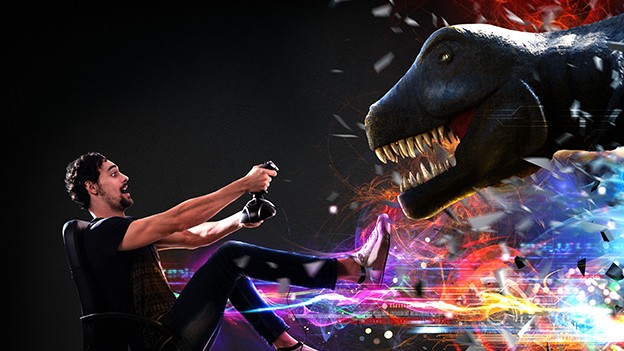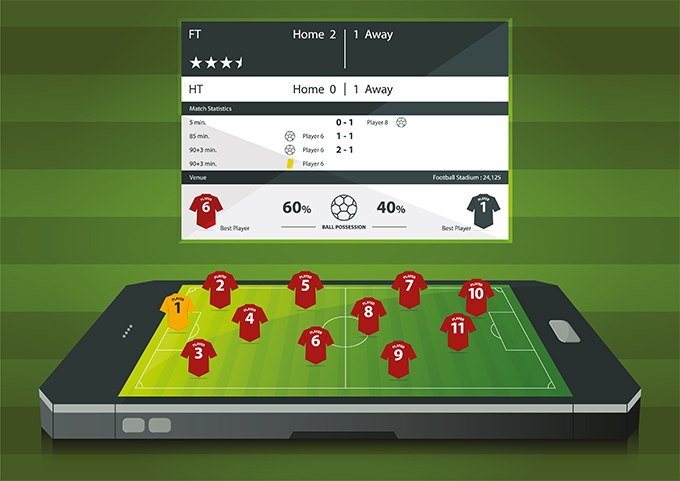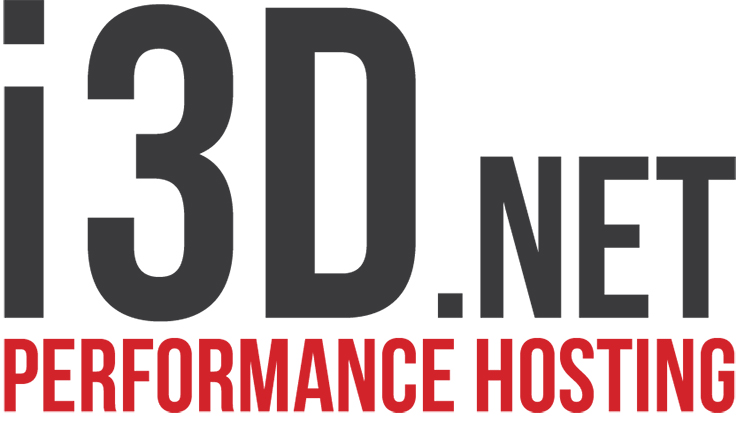Hosting Virtual Game Worlds and Always-On Enterprises
How many online gamers does it take to fill a network? dotmagazine spoke to Emile Schouwstra from i3D.net about the challenges of latency in a global gaming environment, and how to deal with tens of millions of people playing one game simultaneously.

© Pali Rao | istockphoto.com
DOTMAGAZINE: Can you explain the online gaming value chain and where i3D.net fits into this?
EMILE SCHOUWSTRA: Yes I can. You have, of course, the large hosting companies, you have the public cloud companies coming up, and there are one or two other game hosters in the world. In the early days there were a lot of game hosters, but you have to operate at a certain scale, you have to invest in premium infrastructure, and not every company has the capabilities to do that. So there are not many real game hosters in the world anymore. i3D.net has grown into one of the market leaders in online video game hosting. We offer infrastructure in 26 locations worldwide to provide game publishers the infrastructure to publish their games to the global audience. We provide connectivity, we provide infrastructure in online gaming, but that's one part of the company. Low latency, performance and uptime, and scalability are business critical, and that's our core business, that's out DNA.
DOT: When we think about the online gaming experience of life gamers interacting on a global basis, how can issues like latency and user experience be dealt with?
SCHOUWSTRA: Well, of course connectivity is very important, so we have specialists within the company who are really... they dream connectivity and low latency. But what's very important for them is to always have the right locations, the right connectivity partners. That's why we also partner with DE-CIX and other Internet exchanges on a global scale – the infrastructure and the data centers. So you have to know where you put your infrastructure. Security is very important, so we also have, with one of our suppliers, built a state of the art secure infrastructure. And of course you have to understand that in the gaming world everybody is always online, always on. And that’s also the DNA of the company. We always aim to be live, always on, 24/7 around the clock.
DOT: How are technologies like virtual reality or blended reality impacting the gaming sector, and what are the upcoming innovations that you expect to be game changers?
SCHOUWSTRA: Well, to be honest, what we see now in gaming: We already see virtual reality coming up. It almost looks like you are in a real world when you see a game nowadays, so low latency and connectivity is getting to be more and more important. Also, the performance of the infrastructure, the hosted infrastructure is very important, so we provide very heavy machinery, heavy infrastructure to provide the best possible performance. And for the future: well, what we see is that gaming is getting bigger and bigger, more and more professional, and that means that we have to open up connectivity points, PoPs, at many other locations in the world. We opened up in Johannesburg, we are in Sao Paolo, Australia... For us, it's very important to have the right connectivity at the right place in the world where gaming is popular.
DOT: What do you see as the greatest infrastructure challenges for the online gaming sector at the moment, and are these set to change in the future?
SCHOUWSTRA: Well people say, “well we have a time of ninety nine point nine, nine, nine,” etc. – for us every second of downtime is a problem. Connectivity is really business critical for us, and the games are becoming like real life if you watch them, and going so fast, that the performance of the infrastructure is getting more important. But also the combination with public clouds is getting more and more important. And what I see in the future is that gaming is getting so big, you will have games where tens of millions of people are playing on one day. So also to battle DDoS, for example, that's also getting more and more important – the security. Because people pay quite often to get online and play a video game. And if they can't play, the publisher – and, in the end, we – have a problem. So, we are also investing heavily in security solutions, infrastructure, and again connectivity and scalability to upscale as fast as possible.
And is it going to change? It's going to get more complex. It's going to get bigger, it's going to get more global. We now see in Africa a large growth, in the Middle East, Brazil is growing very fast, and Asia – so everywhere gaming is getting more and more normal. And thanks to that, our SMB and enterprise customers are also growing very rapidly, because in e-commerce and the SaaS world, you have the same challenges as in gaming – you need to be online, always!
Thanks to gaming, we are also rapidly growing the e-commerce, SaaS environment, because they have the same challenges as the game publishers. They need to be up always.
A lot of the new enterprises are always-on enterprises – most of the time, making money online. Gaming is just more or less software you publish online, but e-commerce and SaaS is also software you publish online. The parallel is there.
As of 1 January 2017, i3D.net appointed Emile Schouwstra as Chief Commercial Officer. Schouwstra has over 15 years of management and sales experience in the IT sector. He previously worked at IBM, Bull, Dell, Leaseweb, and Detron. Cloud hosting and data center services are a common thread throughout his career. Thanks to his broad background, Schouwstra was appointed to lead the sales and marketing department of i3D.net and to further expand the commercial team.
Please note: The opinions expressed in Industry Insights published by dotmagazine are the author’s own and do not reflect the view of the publisher, eco – Association of the Internet Industry.





